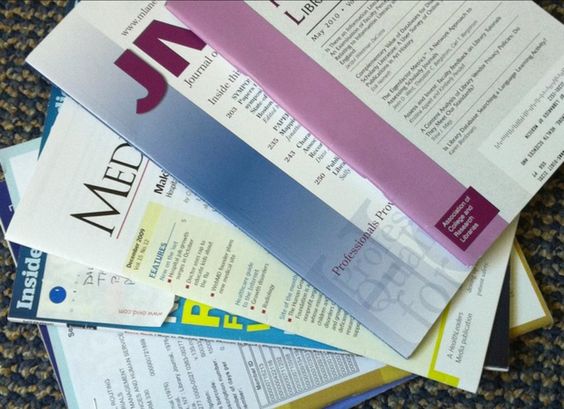What is a secondary source?
A secondary source is one that was created after the event by someone who wasn't there. Examples include books, journals, magazines and websites. When looking for books you can use ones that you get in physical form or eBooks. Using the tips and link on this page will help you find both types of books.
It isn't one that is secondary in importance!
Back-up links for reference books
- All Gale eBookspw: sanfransisco
- Mexico Todaypw: sanfransisco
- Modern Mexicopw: sanfransisco
- Mexico: A Global Studies Handbookpw: sanfransisco
- Encyclopedia of Latin American History and Culturepw: sanfransisco
SFPL resources
You will need an SFPL library card and PIN to access these resources. Ask a UHS librarian if you need to get one.
 Articles and DatabasesYou can search across all the SFPL databases here, or search in specific ones with the links on the rest of this page, for academic, magazine, and newspaper articles.
Articles and DatabasesYou can search across all the SFPL databases here, or search in specific ones with the links on the rest of this page, for academic, magazine, and newspaper articles. Academic Search CompleteThis is a database that UHS does not subscribe to, so you may find articles here that you can't get in our databases.
Academic Search CompleteThis is a database that UHS does not subscribe to, so you may find articles here that you can't get in our databases.
eBooks
 HooplaHoopla has many ebooks about Mexican history. You will need to create a Hoopla account using your SFPL credentials.
HooplaHoopla has many ebooks about Mexican history. You will need to create a Hoopla account using your SFPL credentials.
Open source books
Open Library is a free site, although you will need to create an account to be able to download books. Most of these books are older, but it might be worth looking at if your topic is pre-20th century.
Be careful! Not all books in Google Books are full text, but you can use this to check if it's worth requesting from the library.
Finding journals and magazines
The best place to look for journals and magazine articles for your research paper is through the UHS library databases (a database is an organized collection of pre-selected resources):
- World History in Context (requires SFPL card) This link opens in a new window
Tips for finding secondary sources
While you're reading your reference article and primary source, keep a list of keywords to search for.
Try broad terms eg Immigration and narrow terms eg Border patrol
Limit the number of terms in a search string. Too many (e.g.Mexican labor on railways 20th century) may not yield much.
Look at the bibliography at the end of the reference article - those might be good sources.